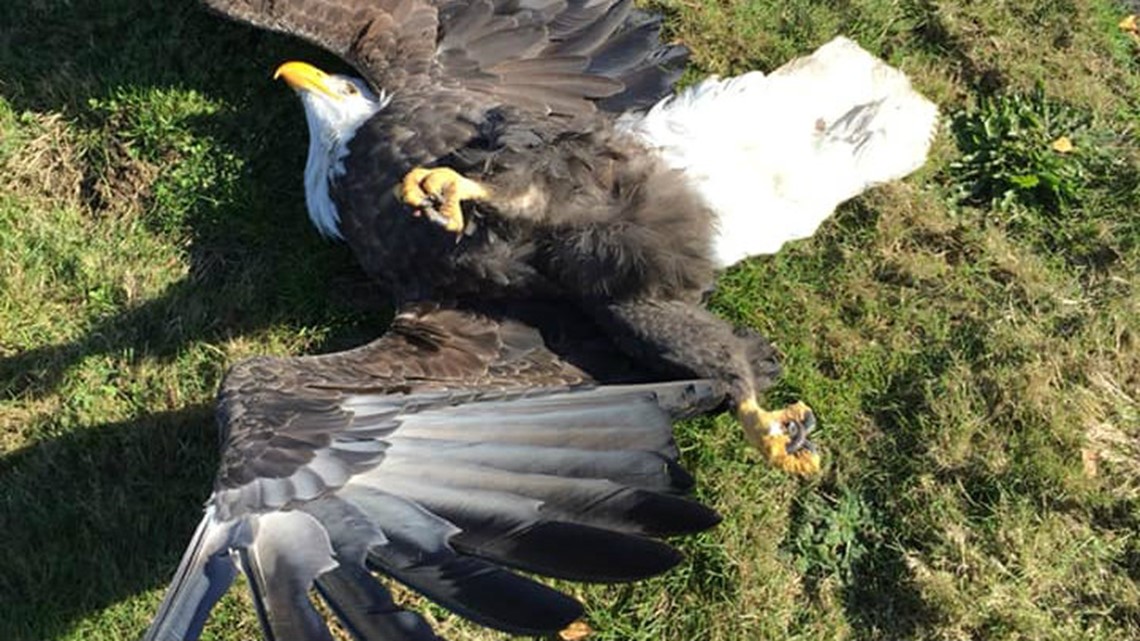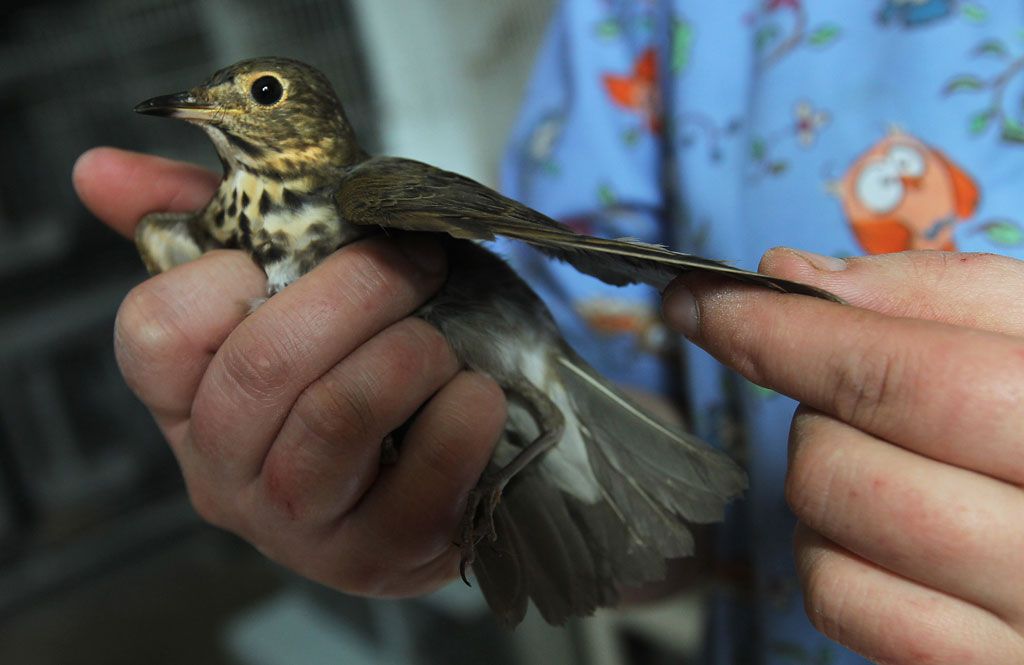Endangered As A Seabird On The West Coast?
There is a little gray seabird known as the ashy storm-petrel that lives in the coastal waters and offshore islands of sunny California. This particular seabird is known to congregate in and around the cities of San Diego, San Francisco, and Los Angeles.
All of California's local ecosystems are being negatively impacted by these huge metropolitan population centers, which have very high growth needs and are directly contributing to the worsening of environmental conditions. Are these seabirds that live on the west coast endangered? Although this seabird has not been officially included on the United States Endangered Species list, the United States Fish and Wildlife Service has received at least two petitions requesting that it be included on the list.
In response to a scientific petition that was submitted by the Center for Biological Diversity, the federal government is now going to initiate a comprehensive status review with immediate effect. There are a number of possible contributing variables that could be responsible for the decrease in the population of these harmless birds. Neither climate change nor excessive development, nor even the oil disasters that occurred in the San Francisco Bay Area, have been of any assistance. There are many other reasons for the decline of the birds which can be found at the website from the Center for Biological Diversity.
The IUCN has designated these birds as an endangered species, despite the fact that it appears that the federal government of the United States is currently undertaking its comprehensive evaluation.
Mysterious Mass Bird Deaths All Around The Globe

around the years there have been bizarre accounts of mysterious mass bird deaths all around the world. There are many other explanations for huge bird fatalities - poisoning, strange weather catastrophes, or even severe pollution outbreaks.
Some say the birds are dying because they drank harmful water, others suggest it could be a harsh environment or climate change. This story about 500 Australian bird deaths has no understanding why hundreds of birds were dying but noted that thousands died in a prior occasion owing to high temperatures.
Back in 2007 there was a sense of public frenzy when it came to the constant slaughter of turkeys, chickens, and ducks, due to the suspected spread of bird flu. Did the deaths of all these birds really need to happen. Entire eco-systems were being affected worldwide. How do these huge die offs and mass executions influence other areas of the fragile web of life? In another story put out from Colorado, 375 duck deaths were discovered in Denver.
The strange death of 500 brown pelicans shook the country of Costa Rica in 2007 while Peru lost 500 pelicans in 2012. In these cases, experts have ruled out bird-flu as it normally strikes migrating birds while pelicans have stable permanent colonies.
This tendency will continue to confound experts who aren’t prepared to warn the world that due of human activity, more and more species will become imperiled or even endangered without effective protections.
Read Also: How to Harmonise Wildlife and Energy Manufacturing
Human Activities That Kill Birds

Believe or not, scientists are documenting changes in birds movement and habitats. They are witnessing tropical birds move to higher elevations with increasing temperatures. They are also noticing species of birds (and plants) going further north in North American and in Europe.
Ocean pollution of the plastic sort also is serious problem for seabirds and other marine life. Thankfully, several communities are starting to enact no plastic bag rules at grocery stores to help minimize this problem.
And then there are more proven concerns of bird deaths associate with wind power development, buildings made from glass, and the many bird deaths from communication towers. Don’t even get us started on what innocent small cats like my precious little Bella are capable of doing to the local bird populations and the ecology throughout the world.
Throw a little habitat loss and deforestation pressures in the mix due to increased demand for lumber and the need for farmable land, and we have a situation that is generally not looking so good for birds and other animal species for that matter. If there is any positive news surrounding this matter it is excellent knowing that improved wind turbine designs are cropping up as well as bird friendly building policies. Communication towers have discovered that flashing lights instead of constant illumination helps keeps birds away and all these things are nice things…but there is always potential for improvement.







